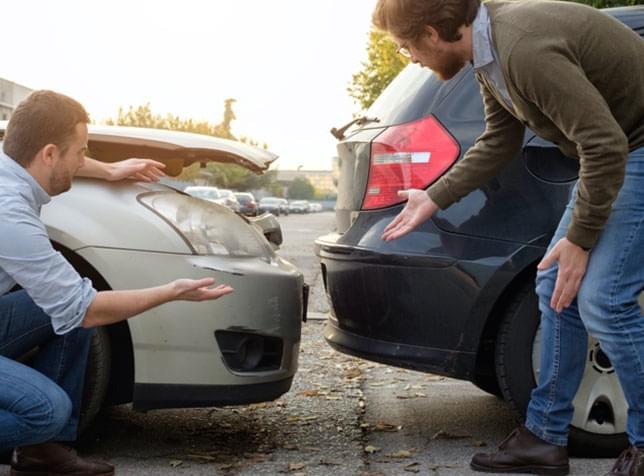Insurance by State
Learn more about insurance requirements in your state.
or
Select Your State
Car Insurance by State
Many factors affect car insurance rates and where you live plays a major role. If you've ever had car insurance in different states, you may already know insurance companies have different regulations depending on state laws. Insurance rates will differ according to the area in which you live.
There are state exceptions to these general rules. For example, under California law, insurance companies must take geographic location into consideration last when calculating insurance rates. That's after the driving record, number of years driving and the number of miles driven annually.
 Did you know?
Did you know?
Accident rates and car thefts are higher in cities, since there are more vehicles, traffic and people. Those living in rural areas will generally pay less for car insurance since fewer vehicles, traffic and people equate to fewer accidents and crimes.
Frequently Asked Questions
When you apply online for car insurance in your state, one of the first questions asked is your ZIP Code. The insurer quickly determines the number of claims in this locality, along with the car theft rate. While this information is crucial when it comes to how much you'll pay for car insurance in your state, another factor taken into consideration that's often overlooked: the weather in this ZIP Code. Areas prone to flooding, hailstorms and other events harming cars might mean an increase in comprehensive insurance premiums. Insurers will check out car repair rates in a ZIP Code and surrounding areas. If such rates are above average, that is also reflected in the premium for collision and comprehensive coverage.
When it comes to car insurance in your state, genders are not treated equally, at least when young. Males tend to experience higher accident rates than female drivers, at least in their teens and 20s. In addition, men overall drive more frequently than women and are known for more aggressive and risky behavior when behind the wheel. That includes higher rates of speeding, drunk driving, and failure to wear a seat belt. With these risk factors, it's not surprising that men also suffer more serious injuries than women when they are in an accident. The good news is that, by the time men and women reach their 30s, the gender gap in car insurance premiums tends to disappear. In some states, however, it is against the law to apply rates based on gender.
In most states, your credit history affects your insurance rates. This seems unfair, but statistics show that those with low credit scores have higher claims rates. Poor credit history may mean the applicant must pay a large percentage of the premium immediately, perhaps six to twelve months' worth, rather than pay on a monthly plan. That is because those with lower credit scores are more likely to skip payments.
Three states – California, Hawaii, and Massachusetts – do not allow insurance companies to use credit scores and history in determining insurance rates.
People commuting long distances to work are on the road more often than other drivers, and that means they are more vulnerable to an accident. Those who use their vehicles primarily for local driving and don't rack up a lot of annual miles will pay lower rates. Where you drive each day affects your insurance rates as much as how far you drive. If you live in a rural or suburban area, you may pay less in car insurance, but that changes if your daily commute takes you from the country to the city and back again. When you drive from a relatively low-claim vicinity to a high-claim one, your insurance rates will reflect that change.
The type of vehicle you drive directly affects your insurance rates. Smaller vehicles are more dangerous in general, while occupants of larger vehicles are less likely to suffer severe injuries or fatalities. An older vehicle costs less to insure than a new vehicle since its value is less and many people may not want to purchase collision insurance for older cars. Insurance companies employ a safety rating for each vehicle based on the make and model's safety rating standards. Obviously, the owner of a safer vehicle pays less than the owner of a vehicle with a relatively low safety rating.





